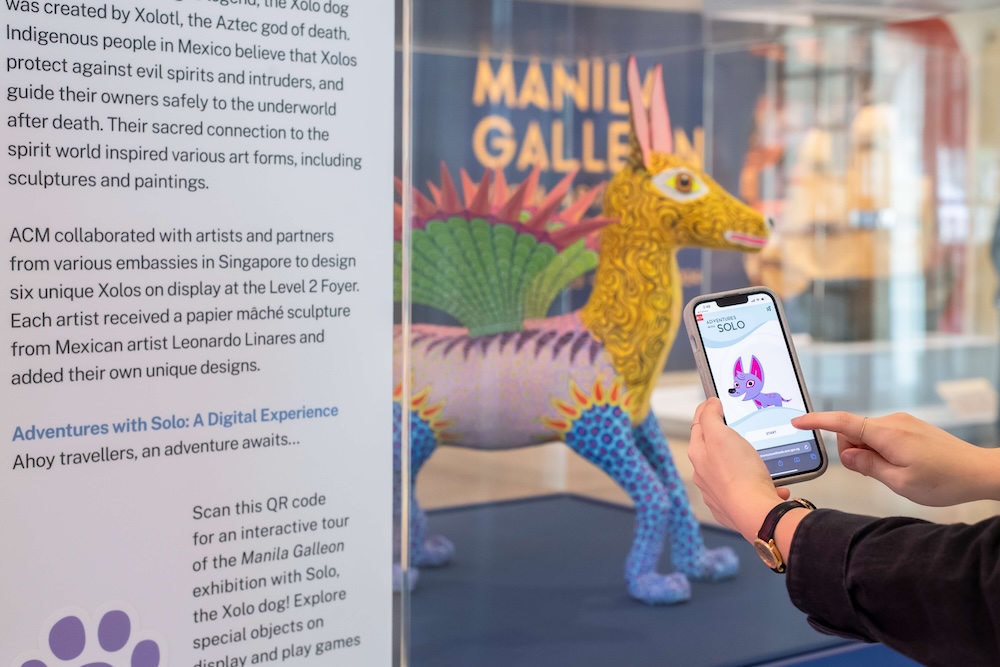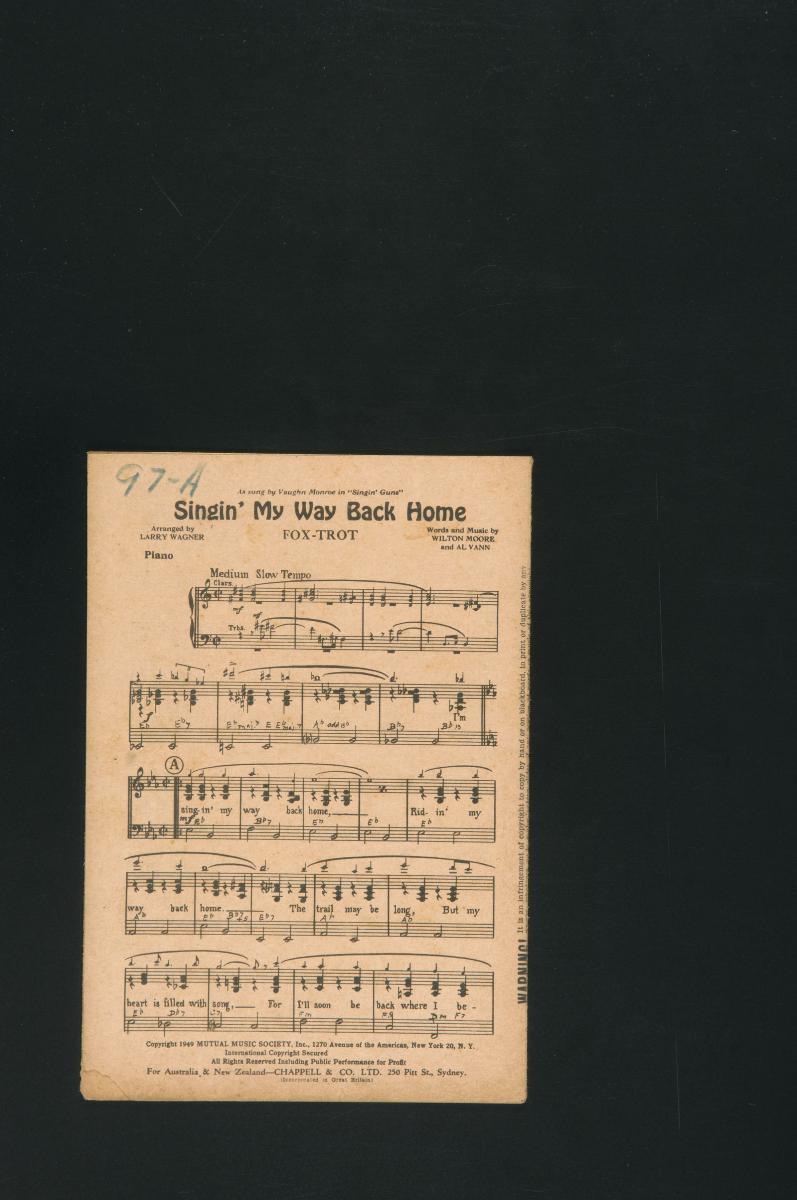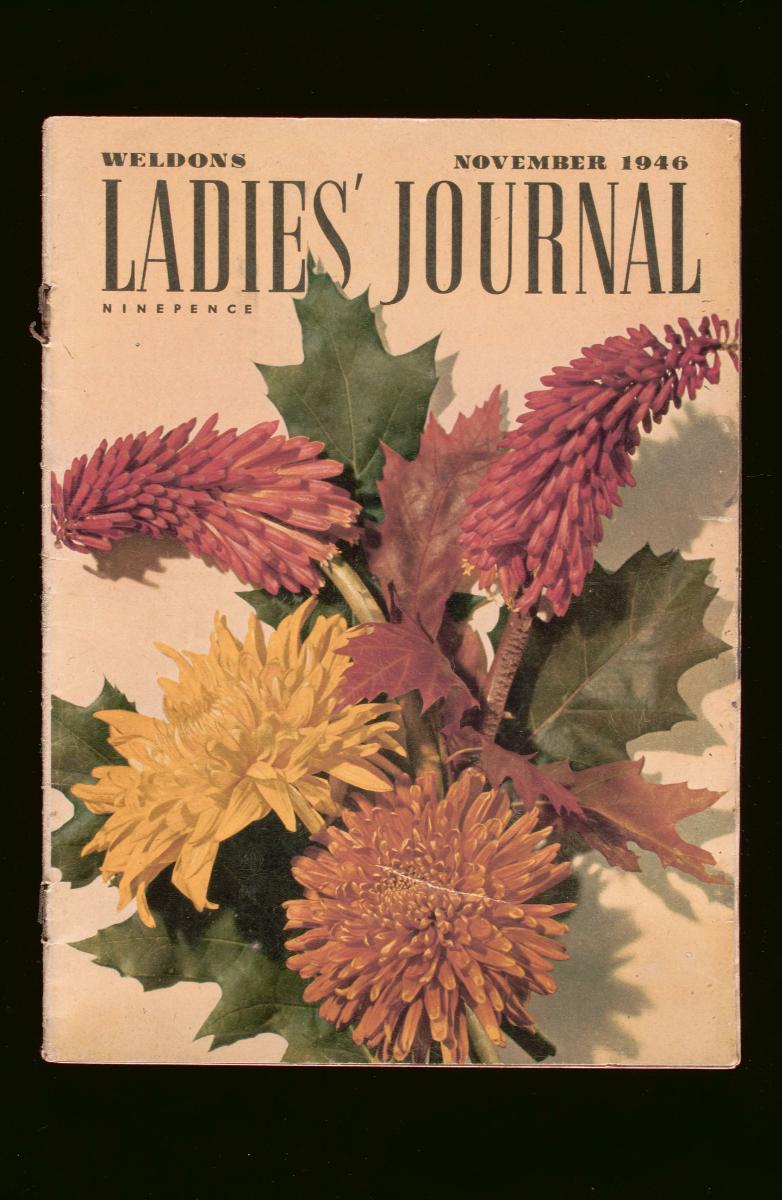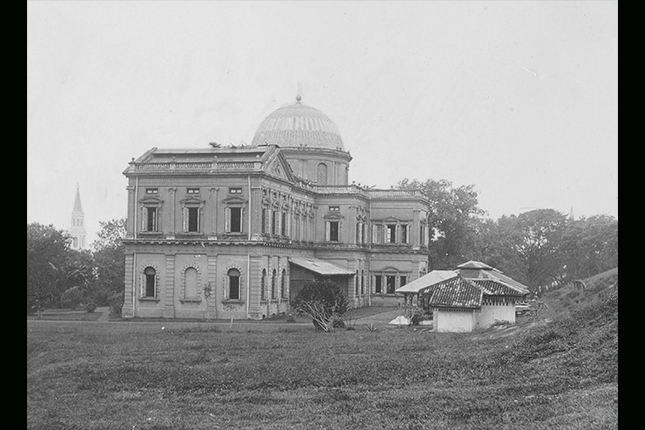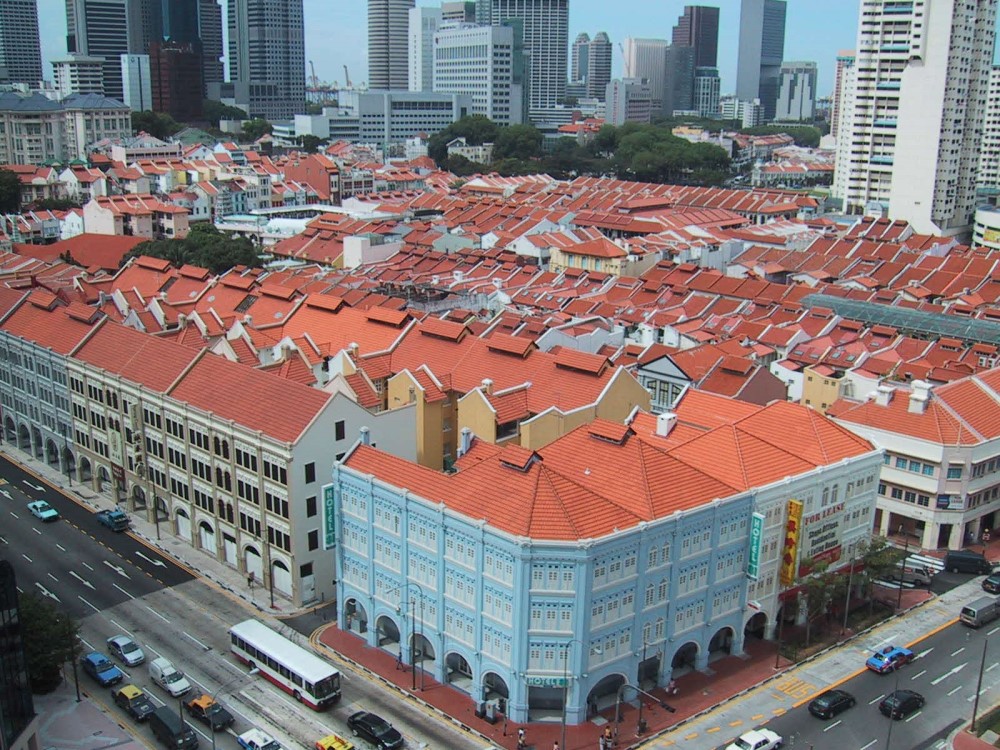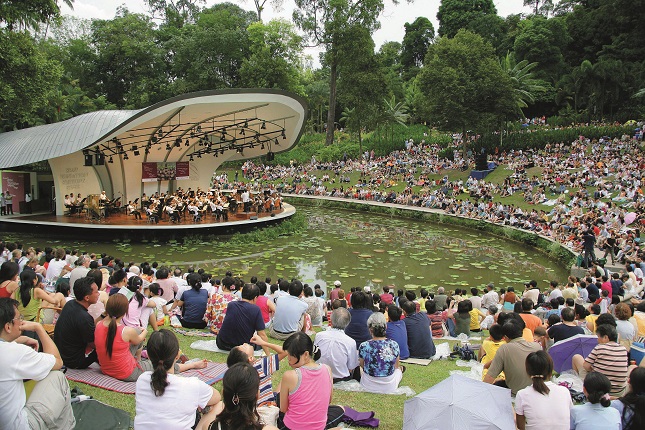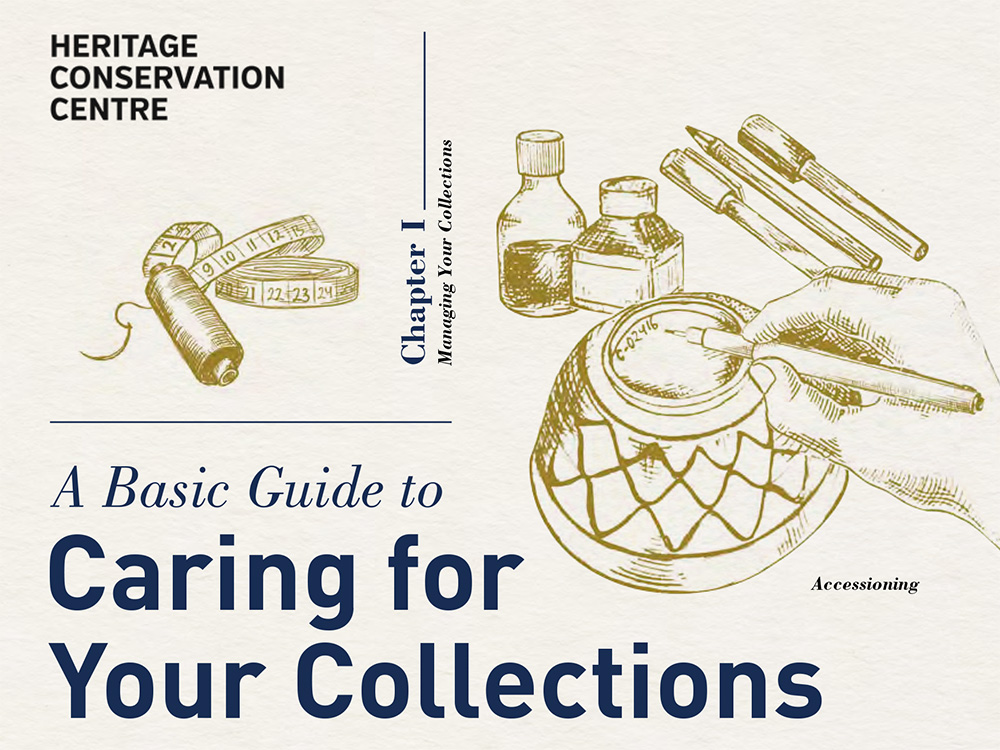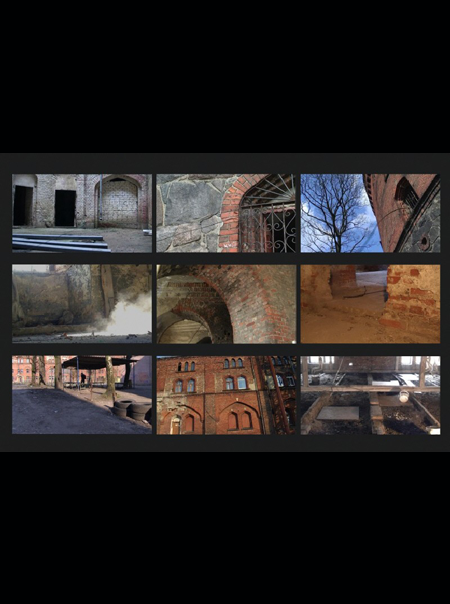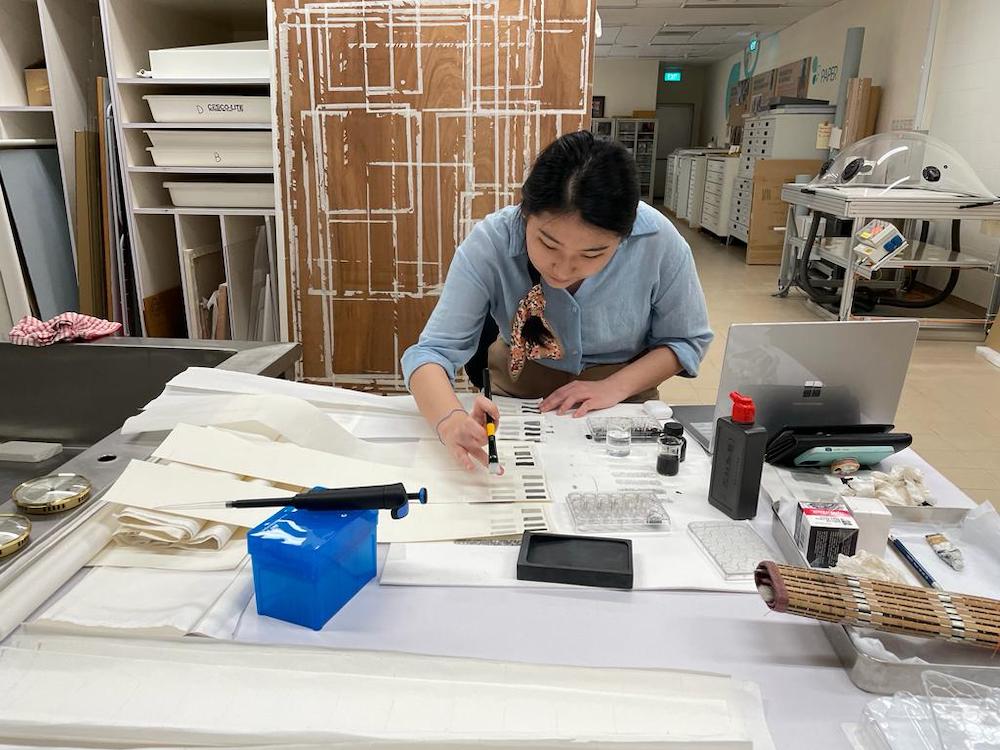TL;DR
How much do you value museums in Singapore? The article discusses a recently concluded 2023 study on the economic and cultural significance of museums in Singapore, by exploring the use and non-use values of museums, as well as the public’s willingness to pay for them. A contingent valuation survey was conducted to gauge the public’s willingness to contribute to sustaining museums through voluntary donations. The study identified key determinants of willingness to pay, including socio-demographic factors, frequency of museum visits, and attitudes towards cultural heritage. The findings underscore the economic and social importance of continued public investment in museums in Singapore.
Dr Euston Quah, School of Social Sciences, Nanyang Technological University (NTU); Dr Chia Wai Mun, School of Social Sciences, NTU; Dr Tang Cheng Keat, School of Social Sciences, NTU; Dr Tan Tsiat Siong, Singapore University of Social Sciences (SUSS); Zach Lee, Research Associate, NTU
Museums serve not only as repositories of history and culture but are also spaces for learning and identity formation. For locals, museums help promote a sense of belonging and a shared identity which can be passed from generation to generation. For tourists, museums are a window into local culture. In recent years, there is also a growing focus on the preservation of Singapore’s cultural heritage along with economic development.
When people feel more connected to their culture, they are more likely to support museums, a type of public good which is available for everyone to use. Museums in Singapore are accessible to citizens and permanents residents because they do not have to pay an admission fee for permanent gallery exhibitions (non-excludability) and do not diminish in value when more people use them (non-rivalry). Public goods like museums usually do not generate enough revenue in the free market to cover its operational costs, so the government needs to step in to provide funding to ensure they continue running. However, deciding how much to spend to maintain them can be difficult because these goods are not sold in the market and hence are considered non-market goods. Additionally, there is competition for the government’s limited resources. Therefore, it is important to carefully evaluate the economic value of museums so that resources can be allocated for their best use.
Museums have two types of value: use and non-use values. Use values are the benefits, both direct and indirect, visitors get when they visit a museum. The direct benefits are tangible and directly impact visitors and include educational experiences, cultural enrichment, entertainment, and provision of spaces for social interaction. Indirect benefits, on the other hand, are broader. They include long-term societal, cultural, and economic advantages that extend beyond the immediate visitor experience which could affect individuals, communities, and society.
The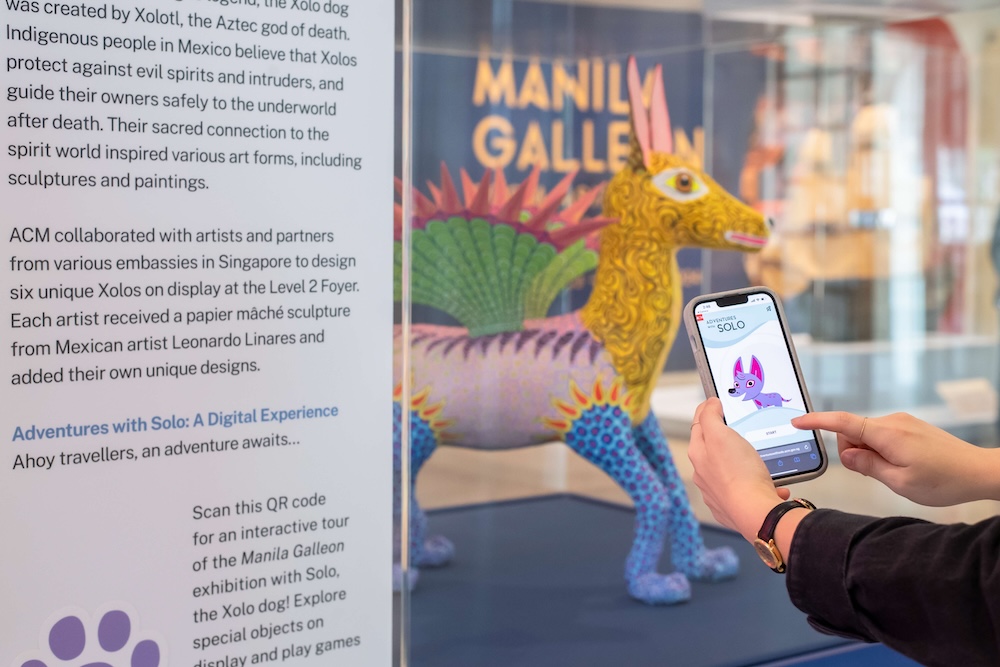
Even people who don’t visit museums (non-users) still see their value. The non-use values are the benefits or value that people get from museums without visiting them or using their services. These values are not tied to personal experience but are based on the knowledge of the existence or preservation of museums and their collections. These include option value (the value of having the choice to visit in the future), bequest value (the value of keeping museums for future generations), and existence value (the value of knowing that museums contribute to cultural heritage, historical significance and societal well-being).
A 2023 study aimed to evaluate the economic value of six museums managed by the National Heritage Board: the National Museum of Singapore (NMS), the Asian Civilisation Museum (ACM), the Peranakan Museum (TPM), the Malay Heritage Centre (MHC), the Indian Heritage Centre (IHC), and the Sun Yat Sen Nanyang Memorial Hall (SYS). Specifically, the study focused on gauging the public’s willingness to pay (WTP) for the maintenance of these museums, which captured both use and non-use values, using a contingent valuation survey, a standard method well-developed in cost-benefit analysis for valuing non-market goods. A hypothetical policy change - the potential closure of a museum due to the interruption of government funding, unless enough donations were secured from the public to sustain its operations for one year – was presented to the survey takers, following which they were asked how much they were willing to contribute to sustaining the museum in the form of a voluntary donation.
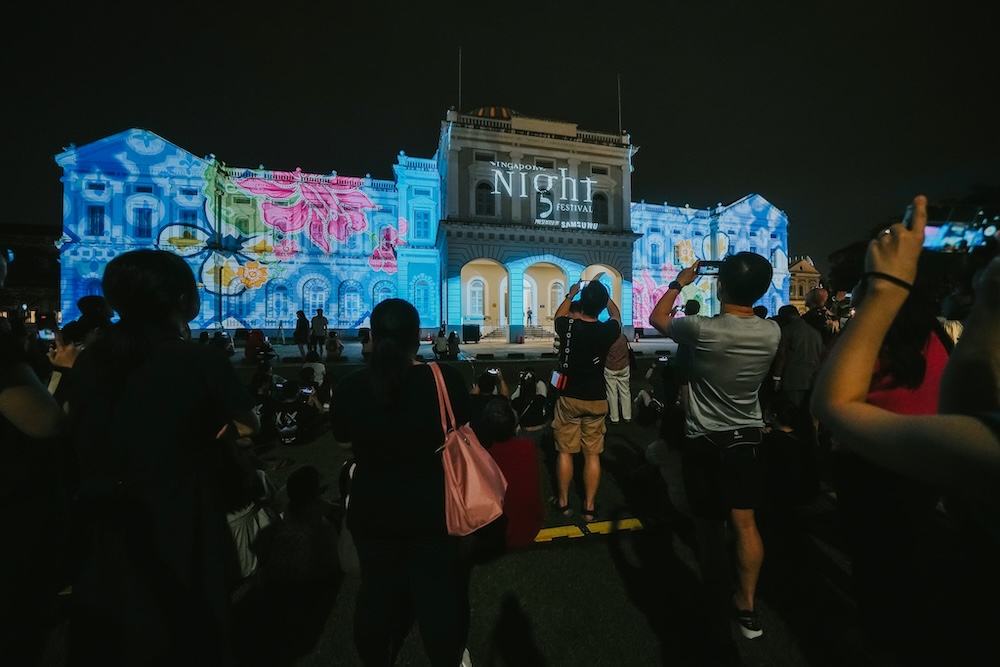
The survey was carefully designed to adhere to the principles of the contingent valuation method. The method was particularly suitable for assessing the economic value of cultural heritage museums as it allowed the research team to capture the value both users and non-users derived from these assets.
To accurately estimate the WTP of both users and non-users, it was important to describe the hypothetical policy change clearly. Each of the six museums was clearly described with visual aids to ensure that respondents understood the specific cultural and historical significance of each of them.
The market involved the government acting as the producer of museum services, and the public, both residents and foreigners, as the consumers. The hypothetical scenario required respondents to consider their consumption experiences such as visits to museums and participation in their cultural and educational programmes. By framing the market this way, the survey could elicit true WTP values reflective of both use (e.g. visiting museums and its exhibits) and non-use values (e.g. cultural pride and educational legacy).
Respondents were asked how much they were willing to pay in the form of a voluntary donation. They were told that this payment was a one-time contribution. It was also highlighted that a donation box was visible at the entrance of the museum, making it easy for them to make a voluntary donation.
The survey was conducted from February 2023 to March 2023. A stratified sampling technique was adopted to ensure a representative sample of the adult population aged 21 years and above, considering factors such as residential status, gender, race and age distribution. Face-to-face interviews were conducted at different public locations to include respondents who had just visited museums (users) as well as those who had not visited a local museum in the past five years (non-users).
To analyse the collected data, a method called non-parametric estimation was used. This method, called the non-parametric Kaplan-Meier-Turnbull estimator, helped figure out how much people were willing to pay at different ranges by estimating the distribution of WTP in intervals. This method was advantageous because it did not make assumptions about how the willingness to pay values were spread out.
"Younger respondents and those with higher education levels were generally more willing to pay for museum preservation... People who visited museums often were also more likely to pay more… Those who strongly believed in the importance of preserving cultural heritage for national identity and future generations also showed a higher WTP."
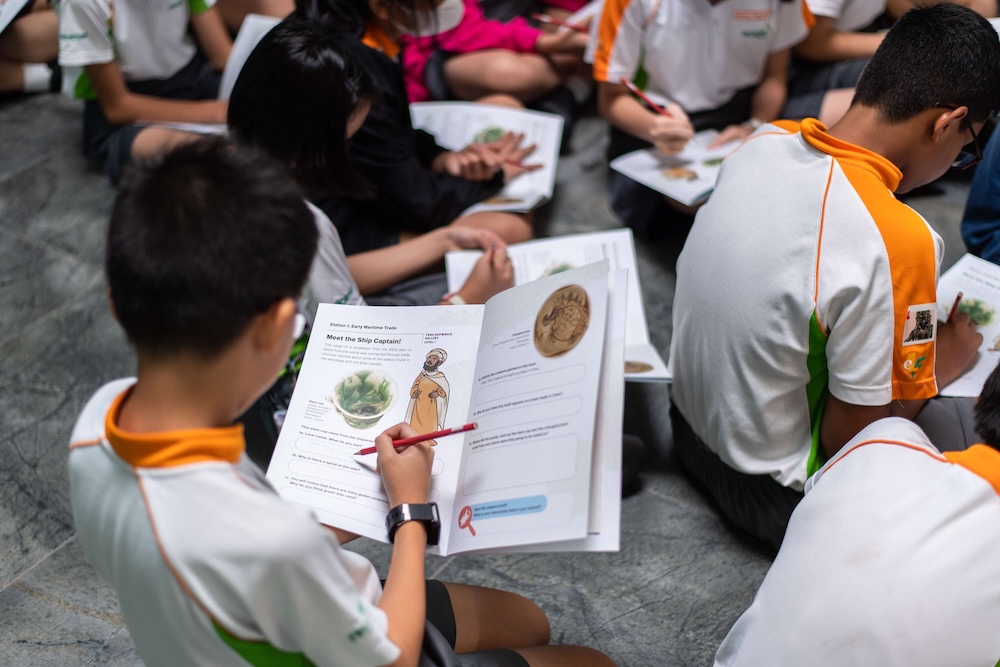
338 completed surveys were collected, out of which 288 respondents were Singapore citizens and permanent residents. The other 50 were foreigners. Table 1 below summarizes the mean WTP of users and non-users for the six museums. NMS had the highest mean WTP of S$45.48, while ACM came in second with a mean WTP of S$39.04. MHC and IHC had similar estimated mean WTP. Users typically exhibited a higher mean WTP compared to non-users, except in the case of TPM.
|
Table 1: Mean WTP (S$) |
||||||
|
Group |
NMS |
ACM |
MHC |
IHC |
TPM |
SYS |
|
All |
45.48 |
39.04 |
32.86 |
31.62 |
35.79 |
34.37 |
|
Users |
46.09 |
41.39 |
33.33 |
33.17 |
35.27 |
34.41 |
|
Non-users |
43.94 |
35.24 |
32.08 |
29.21 |
37.42 |
33.31 |
Several key determinants of WTP were identified through the analysis. Socio-demographic factors, such as age, income, and education level, played a significant role in determining the amount of WTP. Younger respondents and those with higher education levels were generally more willing to pay for museum preservation. This trend might reflect a greater appreciation for cultural heritage and a higher disposable income among these groups. People who visited museums often were also more likely to be willing to pay more. Regular visitors demonstrated higher WTP, likely due to their direct experiences of and personal connections to the museums. Additionally, respondents' attitudes towards cultural heritage, measured through the survey’s attitudinal questions, significantly influenced their WTP. Those who strongly believed in the importance of preserving cultural heritage for national identity and future generations also showed a higher WTP.
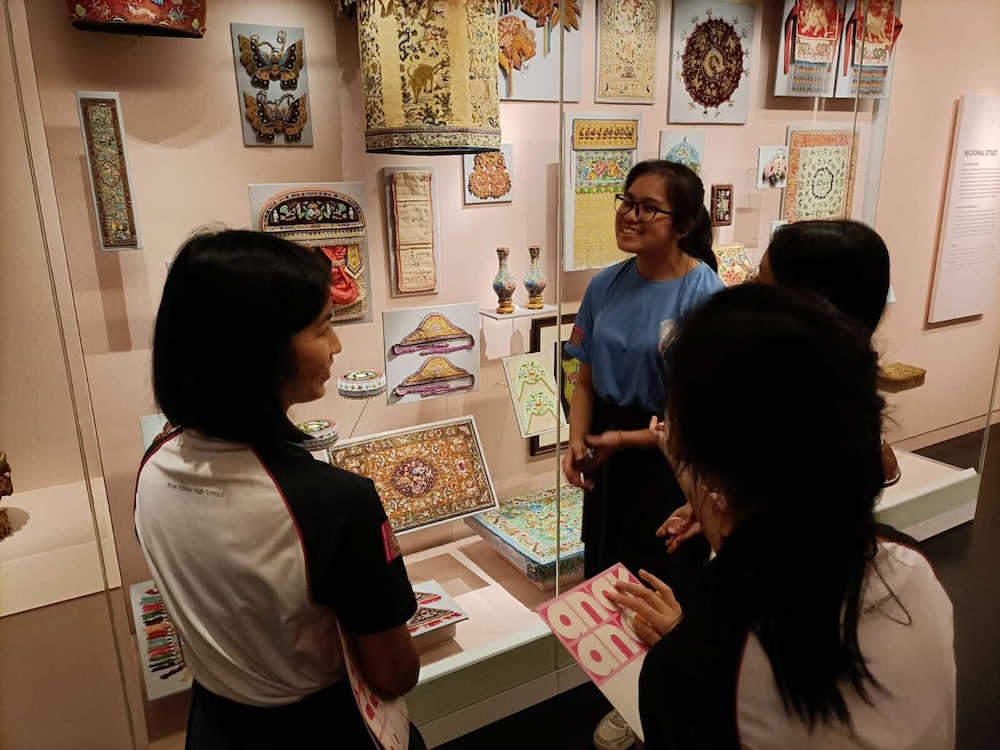
Museums are invaluable assets that contribute to social cohesion, national identity and cultural education. This comprehensive WTP study highlighted the significant economic value these institutions provided in Singapore. It also demonstrated the benefits of museums whether you visit them or not, capturing both use value and non-use values. These findings suggest the importance of continued public investment in cultural heritage, to ensure that these important institutions are preserved. Additionally, the findings from this study can help policymakers make informed decisions about resource allocation, public engagement strategies and fundraising initiatives. In the end, the preservation of museums is not just about safeguarding the past, it is also about enriching the present and securing the future for everyone in Singapore.
This research was supported by the National Heritage Board.
The authors wish to thank Nick Ho Sy Ha, Tan Jun Rui, Lim Kit Yee, Lui Yu Sen and Mei Juntao for their assistance in the project.




